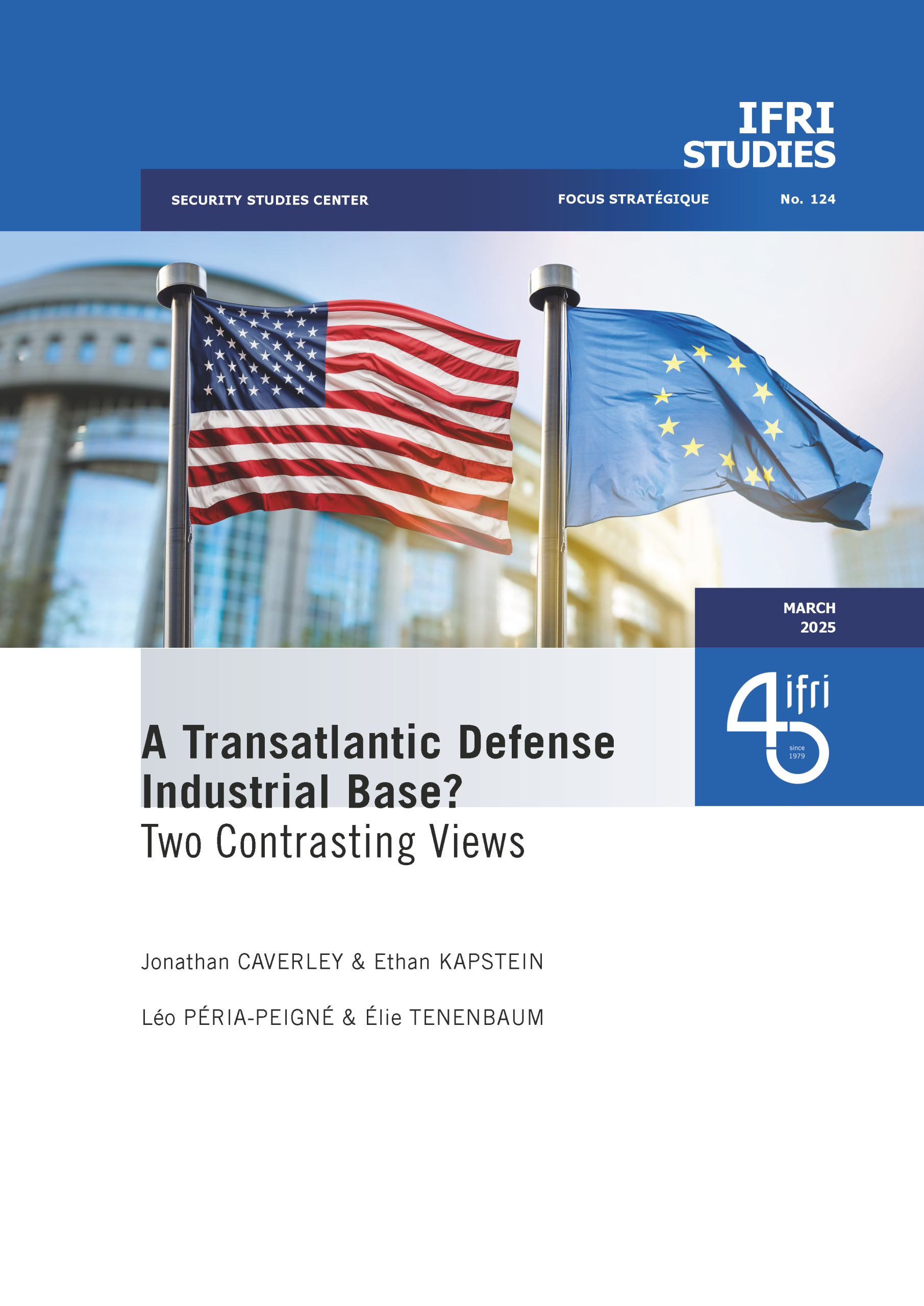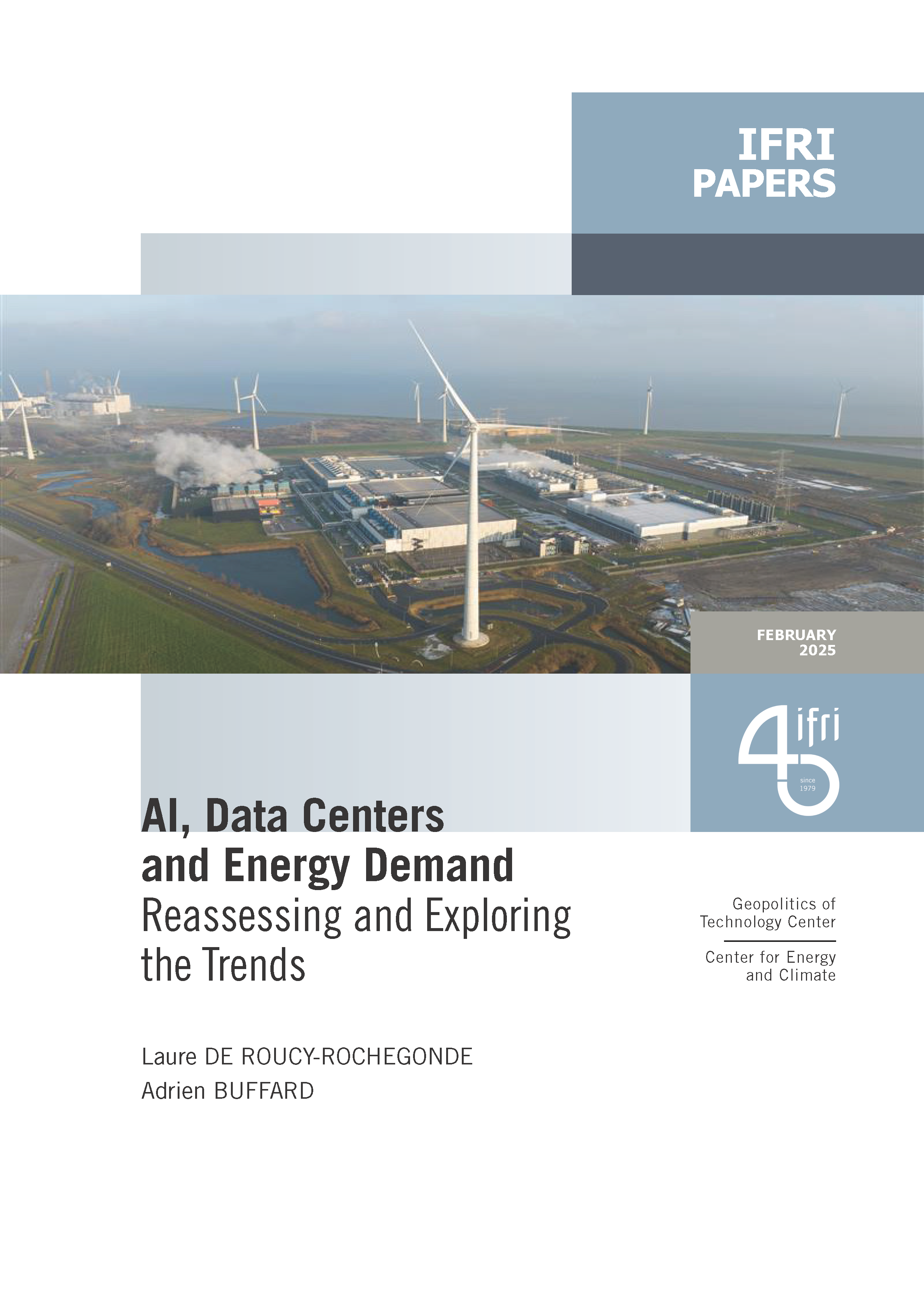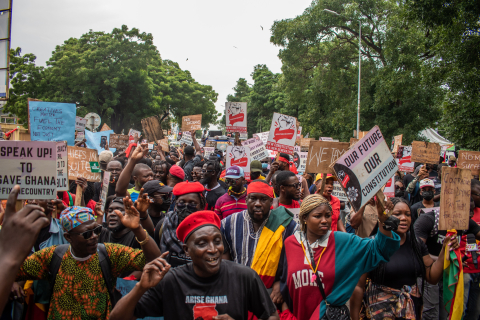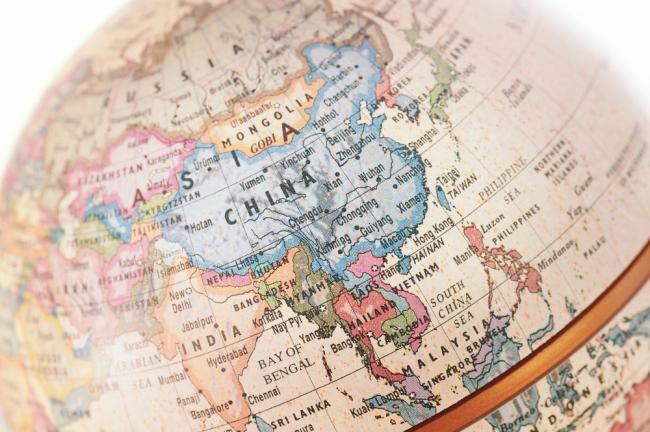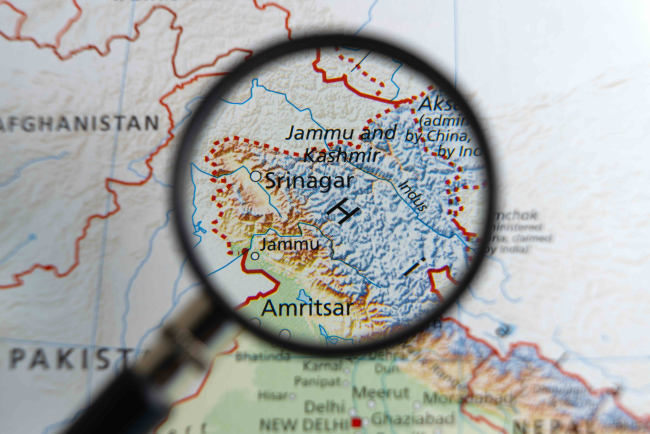Making Sense of India’s Citizenship Amendment Act 2019: Process, Politics, Protests
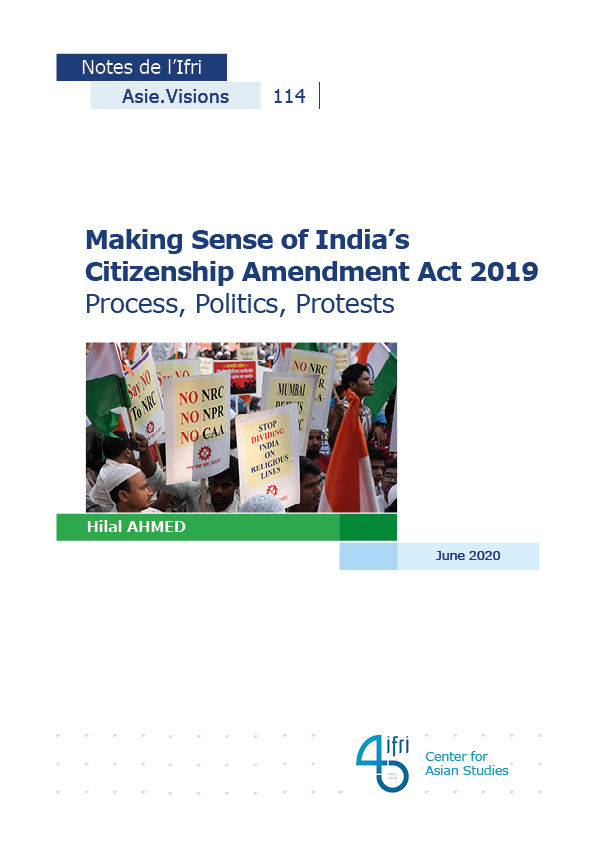
India's new citizenship law is an outcome of Hindutva Constitutionalism that legitimizes the notion of Hindu victimhood. While the opposition to the law has been vocal, it has remained fragmented.
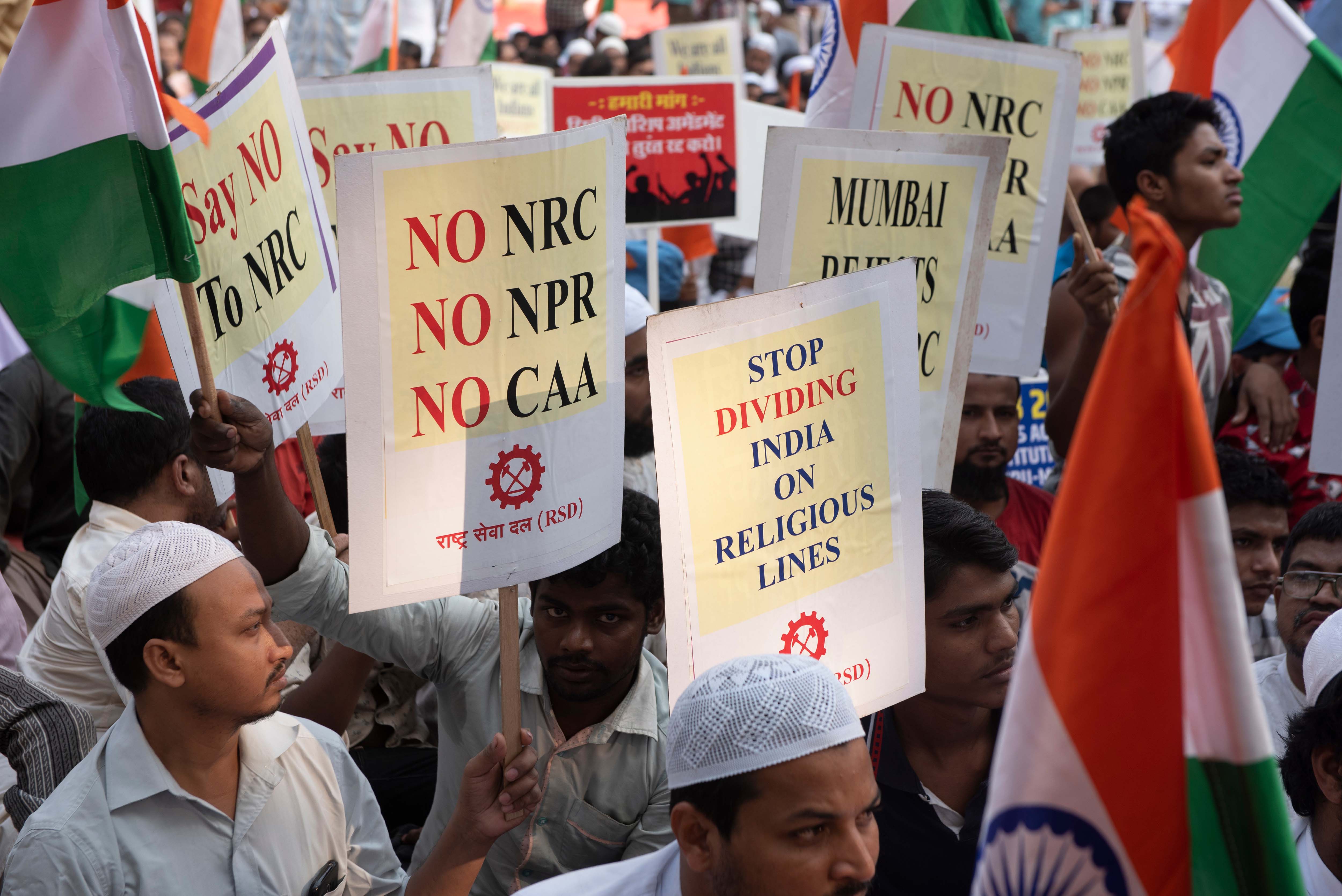
The objective of this paper is to go beyond the standard story of the Citizenship Amendment Act (CAA) 2019, a law passed by the Indian Parliament that offers citizenship to non-Muslim religious communities of three Muslim-majority states (Pakistan, Bangladesh and Afghanistan). The paper recognizes the CAA as a political phenomenon and tries to map out the ways in which CAA-related politics is played out. It asks three sets of questions: (a) What is the historical/political background that makes this law highly controversial? (b) What are the legal-technical issues related to this law and what are its political implications? (c) What has been the response of different groups, especially of the Muslim communities? What are their arguments and positions?
The paper argues that the CAA is an outcome of a new politics of Hindutva constitutionalism. This politics relies heavily on the legal-technical ambiguities inherent in the post-1980 citizenship framework to carve out a space for itself. The growing centralization and state control to regulate the citizenship apparatus is reflected not only in the CAA, but also in the National Register of Citizens and the National Population Register. The CAA, in this sense, stems from the notion of New India, a political doctrine that is based on the desirability of responsive citizens.
Second, the CAA is mostly concerned about the BJP’s newly created Hindutva constituency. The non-Muslims coming from Afghanistan, Pakistan and Bangladesh will not get Indian citizenship on their arrival. The government has not yet prepared the proper mechanism to determine the level of religious persecution, a precondition of citizenship as per the 2015 rules. In fact, there is no guarantee that these migrants would eventually get Indian citizenship. This technical ambiguity, however, is politically useful. It provides an opportunity to Hindutva forces to reinvent the Hindu victimhood argument. Citizenship to non-Muslims of Muslim countries, in this sense, is a new long-term project of contemporary Hindutva.
Third, the opposition to CAA is equally fragmented. The political class does not want to go beyond the established Hindutva hegemony. In fact, except a few parties, the non-BJP groups found it difficult to associate themselves directly with anti-CAA protests. As a result, the creative potentials unleashed by the Muslim-dominated anti-CAA protests could not be channelized to produce any creative critique of Hindutva hegemony.
Download the full analysis
This page contains only a summary of our work. If you would like to have access to all the information from our research on the subject, you can download the full version in PDF format.
Making Sense of India’s Citizenship Amendment Act 2019: Process, Politics, Protests
Related centers and programs
Discover our other research centers and programsFind out more
Discover all our analyses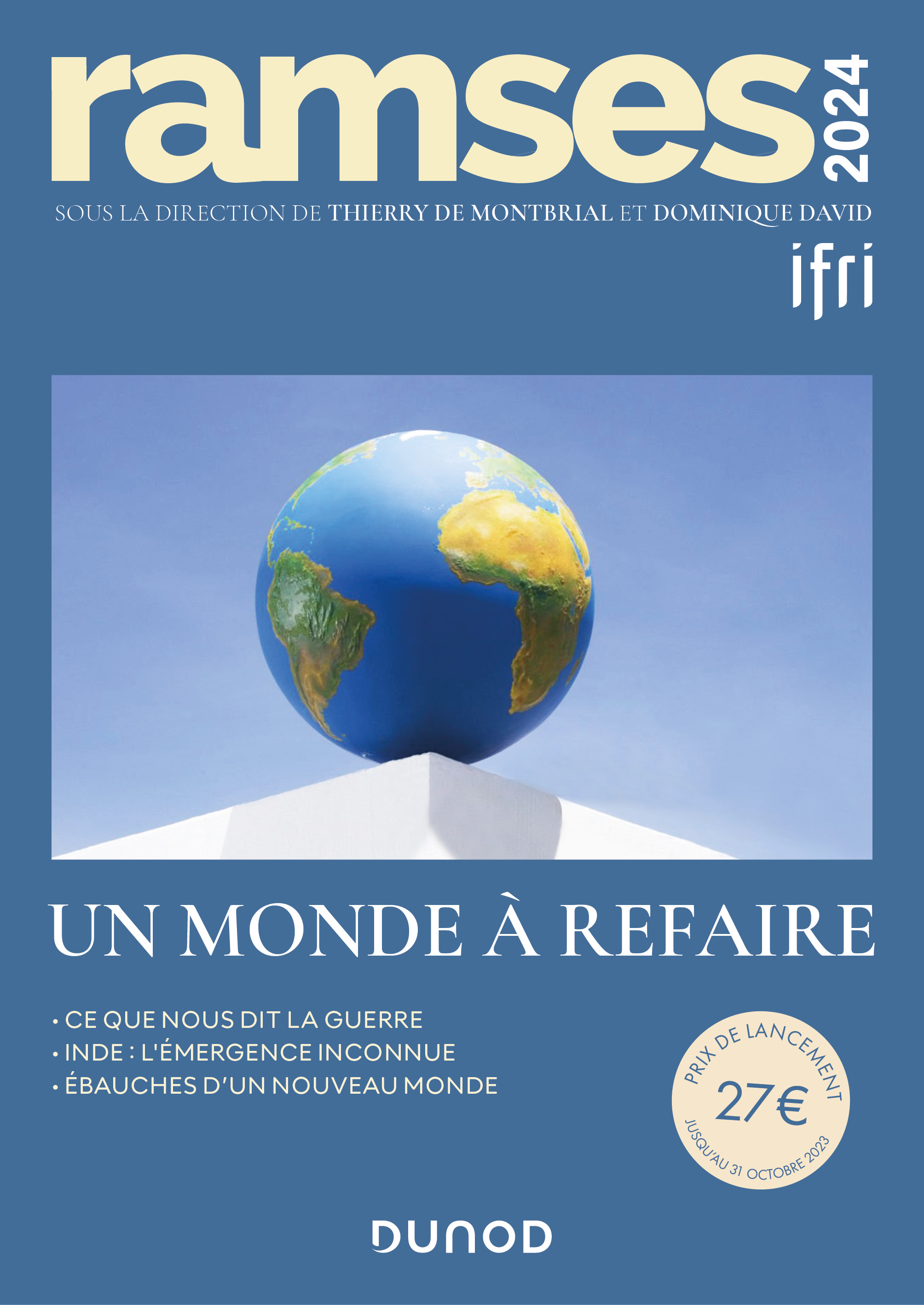
RAMSES 2024. A World to Be Remade
For its 42nd edition, RAMSES 2024 identifies three major challenges for 2024.

France and the Philippines should anchor their maritime partnership
With shared interests in promoting international law and sustainable development, France and the Philippines should strengthen their maritime cooperation in the Indo-Pacific. Through bilateral agreements, expanded joint exercises and the exchange of best practices, both nations can enhance maritime domain awareness, counter security threats and develop blue economy initiatives. This deeper collaboration would reinforce stability and environmental stewardship across the region.

The China-led AIIB, a geopolitical tool?
The establishment of the Asian Infrastructure Investment Bank (AIIB) in 2016, on a Chinese initiative, constituted an attempt to bridge the gap in infrastructure financing in Asia. However, it was also perceived in the West as a potential vehicle for China’s geostrategic agendas, fueling the suspicion that the institution might compete rather than align with existing multilateral development banks (MDBs) and impose its own standards.
Jammu and Kashmir in the Aftermath of August 2019
The abrogation of Article 370, which granted special status to the state of Jammu and Kashmir (J&K), has been on the agenda of the Bharatiya Janata Party (BJP) for many decades.


